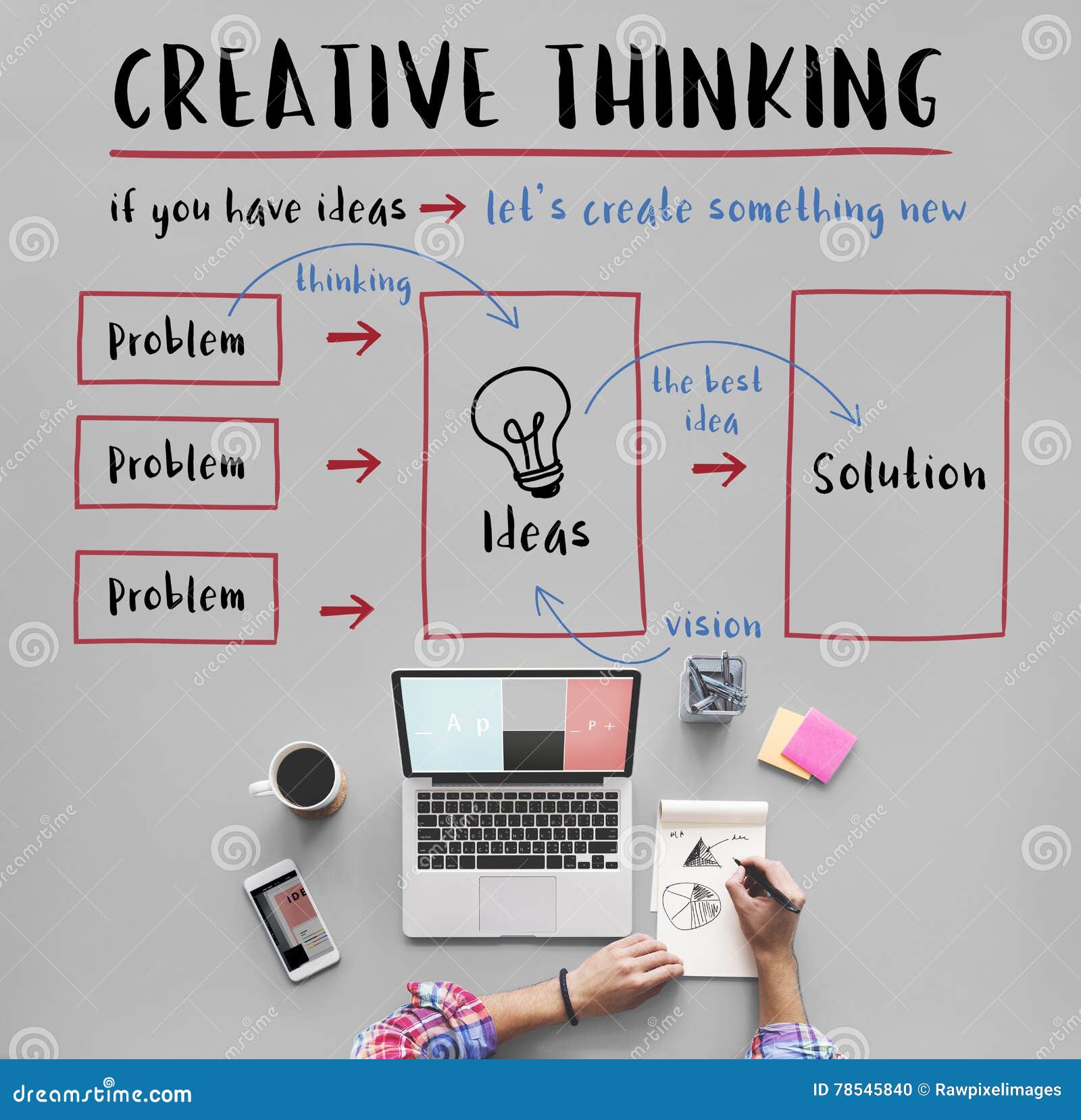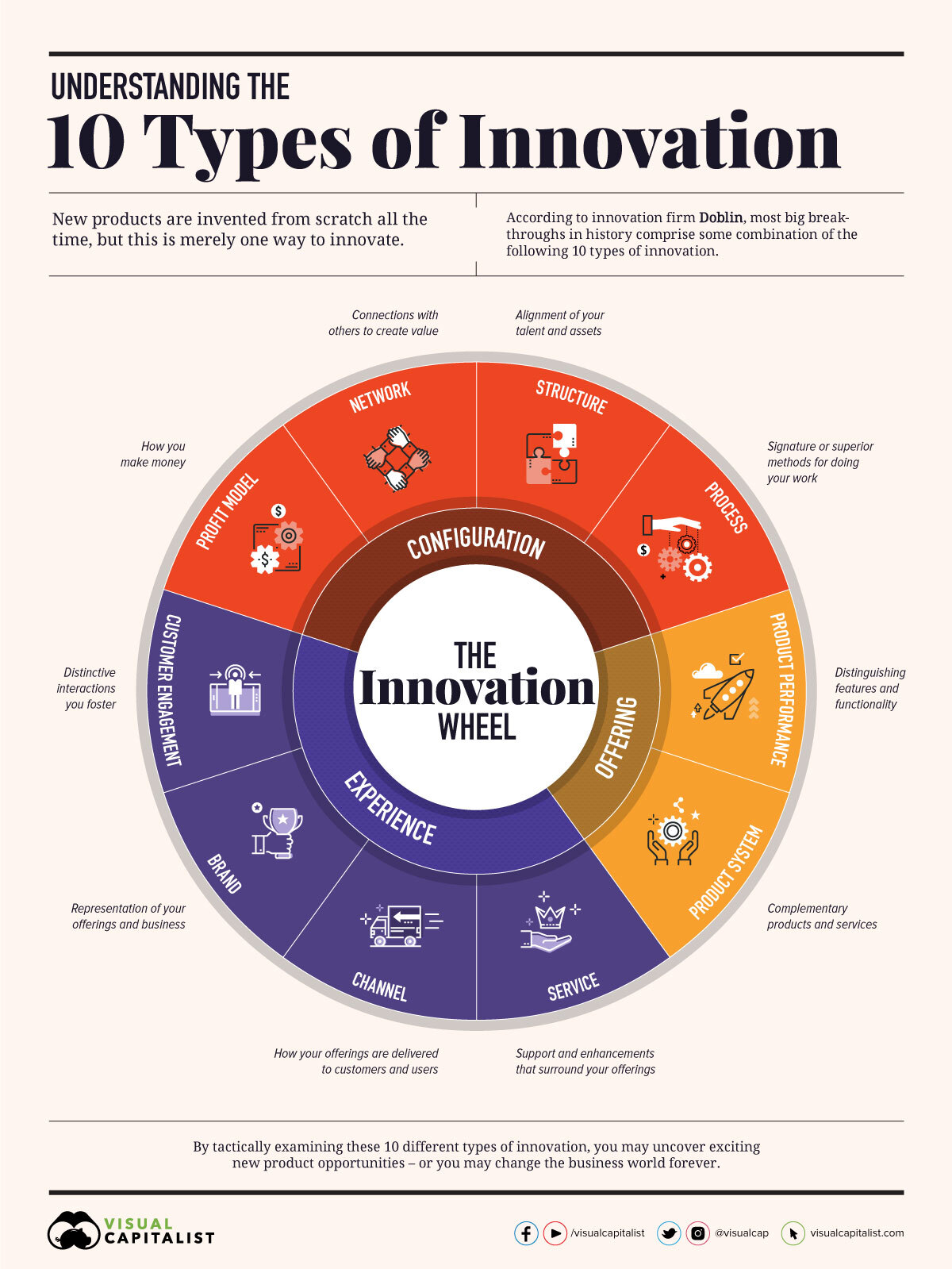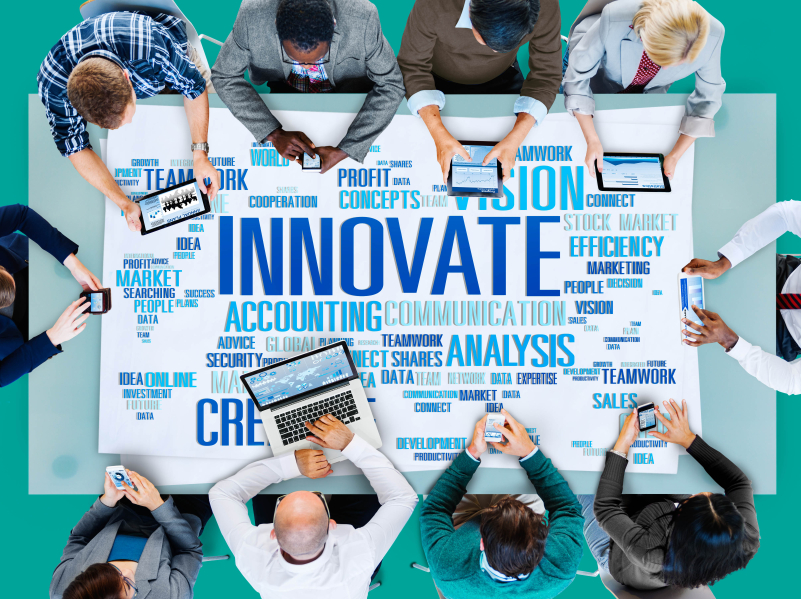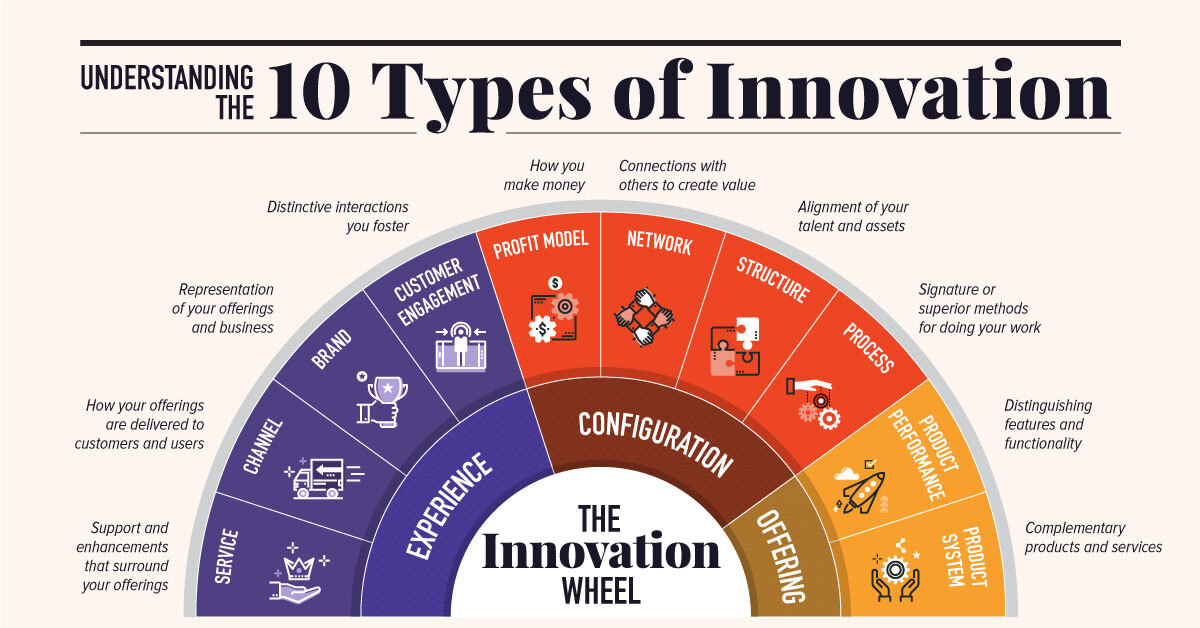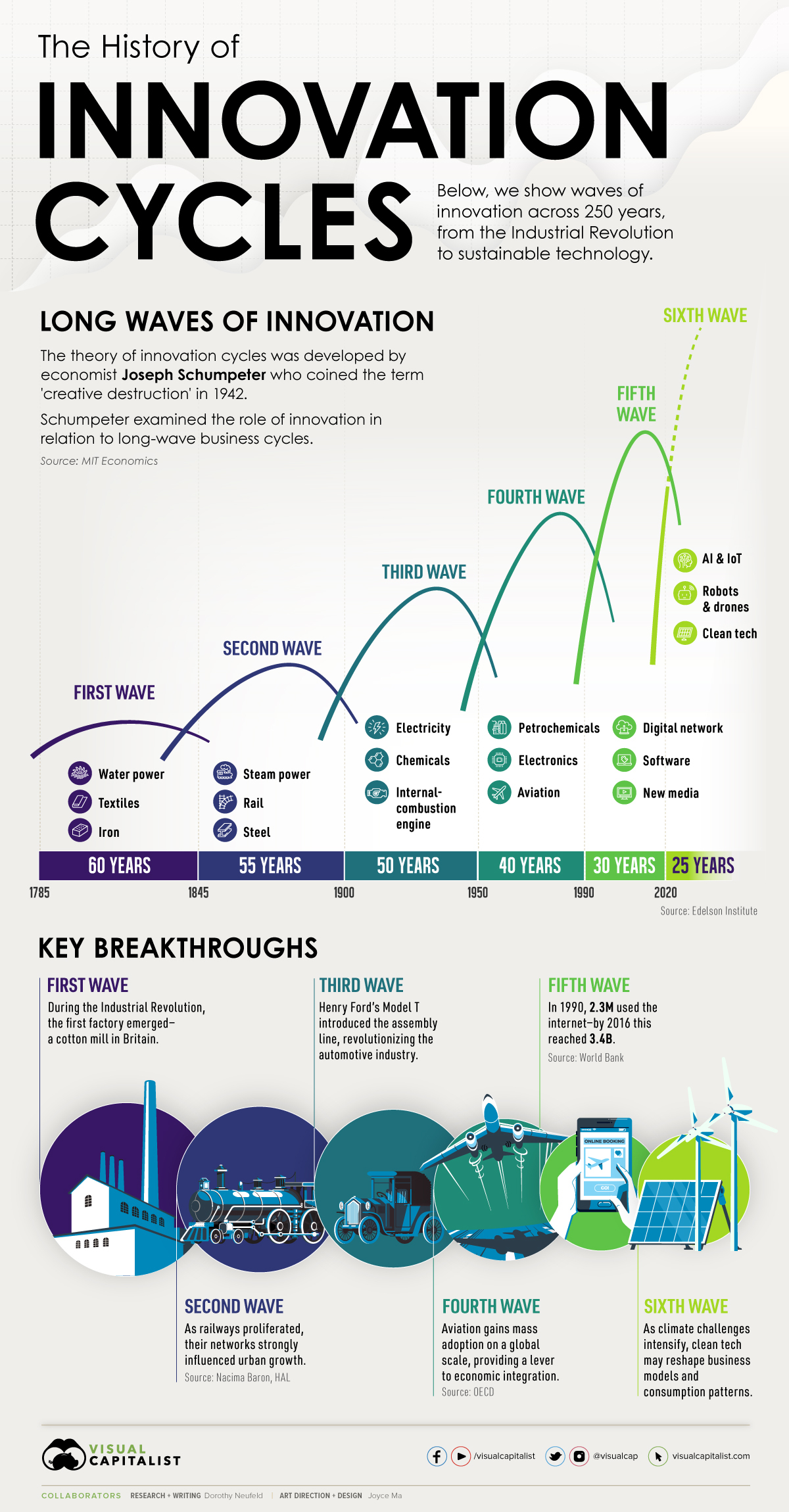What Drives Creativity: Understanding the Psychology Behind Innovative Thinking
Creativity is a complex and multifaceted concept that has been studied by psychologists and researchers for decades. At its core, creativity is the ability to generate new and original ideas, products, or solutions. But what drives this ability? Research has shown that several psychological factors contribute to creative thinking, including curiosity, risk-taking, and divergent thinking.
Curiosity is a key driver of creativity, as it encourages individuals to explore new ideas and experiences. When we are curious, we are more likely to ask questions, seek out new information, and challenge our assumptions. This, in turn, can lead to new insights and perspectives that can fuel creative thinking.
Risk-taking is another important factor in creative thinking. When we take risks, we are more likely to challenge the status quo and try new approaches. This can lead to innovative solutions and new ideas, as well as a greater sense of confidence and self-efficacy.
Divergent thinking is a cognitive process that involves generating a wide range of ideas or solutions to a problem. This type of thinking is essential for creative thinking, as it allows individuals to explore different possibilities and consider multiple perspectives.
Fortunately, these psychological factors can be cultivated and developed over time. By practicing curiosity, taking risks, and engaging in divergent thinking, individuals can enhance their creative abilities and become more innovative thinkers. This, in turn, can lead to greater success and fulfillment in both personal and professional life.
In the context of creative and innovative topics, understanding the psychology behind innovative thinking is essential. By recognizing the factors that drive creativity, individuals can take steps to cultivate their own creative abilities and become more innovative thinkers. This can lead to new ideas, products, and solutions that can drive success and growth in a wide range of fields.
How to Overcome Creative Blocks: Strategies for Generating New Ideas
Creative blocks are a common phenomenon that can strike even the most innovative thinkers. When faced with a blank slate or a seemingly insurmountable problem, it’s easy to feel stuck and unsure of how to proceed. However, there are several strategies that can help overcome creative blocks and generate new ideas.
One effective technique is brainstorming. This involves generating a large number of ideas in a short amount of time, without worrying about their feasibility or practicality. By suspending judgment and allowing ideas to flow freely, individuals can tap into their creative potential and come up with innovative solutions.
Mind mapping is another useful tool for overcoming creative blocks. This involves creating a visual map of ideas, using words, images, and colors to represent different concepts and connections. By visually organizing ideas, individuals can identify patterns and relationships that may not have been immediately apparent.
SCAMPER is a mnemonic device that can help generate new ideas by applying different perspectives to existing ideas. SCAMPER stands for Substitute, Combine, Adapt, Modify, Put to Another Use, Eliminate, and Rearrange. By applying these different perspectives, individuals can come up with novel solutions to complex problems.
Successful innovators have used these strategies to overcome creative blocks and generate new ideas. For example, Steve Jobs was known for his use of brainstorming and mind mapping to come up with innovative solutions for Apple’s products. Similarly, Thomas Edison used SCAMPER to develop new ideas for his inventions.
In the context of creative and innovative topics, overcoming creative blocks is essential for driving innovation and growth. By using strategies such as brainstorming, mind mapping, and SCAMPER, individuals can tap into their creative potential and come up with novel solutions to complex problems. This can lead to new ideas, products, and services that can drive success and growth in a wide range of fields.
Furthermore, overcoming creative blocks can also help individuals develop a growth mindset, which is essential for continuous learning and innovation. By embracing challenges and viewing failures as opportunities for growth, individuals can cultivate a mindset that is conducive to creativity and innovation.
The Power of Interdisciplinary Approaches: Combining Unrelated Fields for Innovation
Interdisciplinary approaches have long been recognized as a powerful driver of innovation. By combining seemingly unrelated fields, individuals and organizations can create novel solutions that might not have been possible within a single discipline. This approach has led to some of the most significant breakthroughs in history, from the development of the first computers to the creation of modern medical imaging technologies.
One of the most famous examples of interdisciplinary innovation is the fusion of art and technology. The Bauhaus movement, which emerged in the early 20th century, brought together artists, designers, and engineers to create innovative products and solutions that combined aesthetics and functionality. This approach led to the development of new materials, forms, and designs that continue to influence modern art and design.
Another example of interdisciplinary innovation is the field of biomimicry, which combines biology and engineering to develop novel solutions inspired by nature. By studying the properties and behaviors of living organisms, researchers have developed innovative materials, such as self-healing concrete and water-repellent surfaces, that have the potential to transform industries.
The benefits of interdisciplinary approaches are numerous. By combining different fields, individuals and organizations can access new knowledge, skills, and perspectives that might not have been available within a single discipline. This can lead to the creation of novel solutions that are more effective, efficient, and sustainable than traditional approaches.
In the context of creative and innovative topics, interdisciplinary approaches are essential for driving innovation and growth. By combining seemingly unrelated fields, individuals and organizations can create novel solutions that might not have been possible within a single discipline. This can lead to new ideas, products, and services that can drive success and growth in a wide range of fields.
Furthermore, interdisciplinary approaches can also help to foster a culture of innovation within organizations. By encouraging collaboration and knowledge-sharing across different disciplines, organizations can create a culture that is conducive to creativity and innovation. This can lead to the development of new products, services, and solutions that can drive business success and growth.
Cultivating a Culture of Innovation: How to Foster Creativity in Teams and Organizations
Cultivating a culture of innovation is essential for driving creativity and growth in teams and organizations. A culture that supports innovation encourages experimentation, learning from failure, and empowering team members to take risks. This can lead to the development of new ideas, products, and services that can drive business success and growth.
One of the key strategies for fostering a culture of innovation is to encourage experimentation. This involves providing team members with the freedom to try new approaches and take calculated risks. By doing so, organizations can create an environment that is conducive to creativity and innovation.
Learning from failure is another important aspect of a culture of innovation. When team members are encouraged to view failures as opportunities for growth and learning, they are more likely to take risks and experiment with new ideas. This can lead to the development of new solutions and approaches that might not have been possible otherwise.
Empowering team members to take risks is also essential for fostering a culture of innovation. When team members are given the autonomy to make decisions and take ownership of their work, they are more likely to be motivated and engaged. This can lead to the development of new ideas and solutions that can drive business success and growth.
Companies such as Google and Amazon have successfully fostered a culture of innovation by encouraging experimentation, learning from failure, and empowering team members to take risks. These companies have created environments that are conducive to creativity and innovation, and have developed new products and services that have disrupted entire industries.
In the context of creative and innovative topics, cultivating a culture of innovation is essential for driving growth and success. By encouraging experimentation, learning from failure, and empowering team members to take risks, organizations can create an environment that is conducive to creativity and innovation. This can lead to the development of new ideas, products, and services that can drive business success and growth.
Furthermore, a culture of innovation can also help to attract and retain top talent. When team members are given the autonomy to make decisions and take ownership of their work, they are more likely to be motivated and engaged. This can lead to increased job satisfaction and reduced turnover, which can have a positive impact on business success and growth.
The Role of Technology in Driving Innovation: Emerging Trends and Tools
Technology has long been a driving force behind innovation, and emerging trends and tools are continuing to shape the way we approach creative and innovative topics. From artificial intelligence and blockchain to the Internet of Things and virtual reality, these technologies are enabling new forms of creativity and innovation that were previously unimaginable.
Artificial intelligence, for example, is being used to generate new ideas and solutions in fields such as art, music, and design. By analyzing vast amounts of data and identifying patterns, AI algorithms can create novel combinations of elements that can lead to innovative breakthroughs.
Blockchain technology is also being used to drive innovation, particularly in the field of cybersecurity. By creating secure and transparent networks, blockchain is enabling new forms of collaboration and data-sharing that can lead to innovative solutions.
The Internet of Things (IoT) is another emerging trend that is driving innovation. By connecting physical devices and sensors to the internet, IoT is enabling new forms of data collection and analysis that can lead to innovative solutions in fields such as healthcare, transportation, and energy management.
Virtual reality (VR) and augmented reality (AR) are also being used to drive innovation, particularly in the field of design and prototyping. By creating immersive and interactive experiences, VR and AR are enabling designers and engineers to test and refine their ideas in new and innovative ways.
Companies such as Google, Amazon, and Microsoft are already leveraging these emerging technologies to drive innovation and growth. By investing in research and development, these companies are creating new products and services that are transforming industries and revolutionizing the way we live and work.
In the context of creative and innovative topics, emerging technologies are playing a critical role in driving innovation and growth. By leveraging these technologies, individuals and organizations can create new ideas, products, and services that can drive business success and growth.
Furthermore, emerging technologies are also enabling new forms of collaboration and data-sharing that can lead to innovative solutions. By creating secure and transparent networks, technologies such as blockchain and IoT are enabling new forms of collaboration that can lead to innovative breakthroughs.
From Idea to Reality: Turning Creative Concepts into Tangible Products and Services
Turning creative concepts into tangible products and services is a crucial step in the innovation process. It requires a combination of technical expertise, business acumen, and creative vision. In this article, we will explore the strategies and techniques for turning creative ideas into practical reality.
Prototyping is a critical step in the product development process. It involves creating a working model of the product or service to test its feasibility and usability. Prototyping can help identify potential problems and opportunities for improvement, and can also provide a clear direction for further development.
Testing and refining is another important step in the product development process. It involves gathering feedback from users and stakeholders, and using that feedback to make improvements to the product or service. This can involve iterating on the design, refining the user experience, and making adjustments to the business model.
Successful companies such as Apple and Google have used prototyping and testing to turn creative concepts into tangible products and services. For example, Apple’s iPhone was prototyped and tested extensively before its release, and Google’s self-driving car project has undergone numerous iterations and refinements.
In the context of creative and innovative topics, turning creative concepts into practical reality is essential for driving innovation and growth. By using strategies such as prototyping and testing, individuals and organizations can turn creative ideas into tangible products and services that can drive business success and growth.
Furthermore, turning creative concepts into practical reality requires a deep understanding of the market and the needs of the target audience. It involves conducting market research, gathering feedback from users, and using that feedback to make improvements to the product or service.
By following these strategies and techniques, individuals and organizations can turn creative concepts into tangible products and services that can drive innovation and growth. Whether it’s a new product, service, or business model, the key is to be willing to take risks, experiment, and iterate until the desired outcome is achieved.
Measuring Innovation: How to Evaluate the Success of Creative Projects
Evaluating the success of creative projects can be a challenging task, as it requires measuring the impact of innovative ideas and solutions. However, there are several metrics that can be used to evaluate the success of creative projects, including return on investment, customer engagement, and social impact.
Return on investment (ROI) is a common metric used to evaluate the success of creative projects. It measures the financial return on investment in a project, and can be used to determine whether a project is generating a positive return on investment.
Customer engagement is another important metric for evaluating the success of creative projects. It measures the level of engagement and interaction between customers and a product or service, and can be used to determine whether a project is meeting its intended goals.
Social impact is also an important metric for evaluating the success of creative projects. It measures the positive impact of a project on society, and can be used to determine whether a project is having a positive impact on the community.
Companies such as Google and Amazon have used these metrics to evaluate the success of their creative projects. For example, Google’s self-driving car project has been evaluated based on its ROI, customer engagement, and social impact.
In the context of creative and innovative topics, measuring innovation is essential for driving growth and success. By using metrics such as ROI, customer engagement, and social impact, individuals and organizations can evaluate the success of their creative projects and make informed decisions about future investments.
Furthermore, measuring innovation can also help to identify areas for improvement and opportunities for growth. By analyzing the results of creative projects, individuals and organizations can identify what works and what doesn’t, and make adjustments to their strategies accordingly.
By using a combination of these metrics, individuals and organizations can get a comprehensive understanding of the success of their creative projects and make informed decisions about future investments.
Sustaining Innovation: How to Continuously Generate New Ideas and Stay Ahead of the Curve
Sustaining innovation is crucial for maintaining a competitive edge in today’s fast-paced business environment. To continuously generate new ideas and stay ahead of the curve, individuals and organizations must adopt a mindset of continuous learning and improvement.
Staying up-to-date with emerging trends is essential for sustaining innovation. This involves monitoring industry developments, attending conferences and seminars, and engaging with thought leaders and experts in the field.
Encouraging continuous learning is also critical for sustaining innovation. This involves providing opportunities for employees to develop new skills and knowledge, and encouraging a culture of experimentation and risk-taking.
Fostering a growth mindset is also essential for sustaining innovation. This involves embracing challenges and viewing failures as opportunities for growth and learning.
Companies such as Google and Amazon have successfully sustained innovation by adopting these strategies. For example, Google’s famous “20% time” policy allows employees to dedicate 20% of their work time to side projects, which has led to the development of innovative products such as Gmail and Google Maps.
In the context of creative and innovative topics, sustaining innovation is essential for driving growth and success. By adopting a mindset of continuous learning and improvement, individuals and organizations can continuously generate new ideas and stay ahead of the curve.
Furthermore, sustaining innovation can also help to drive business success and growth. By continuously generating new ideas and staying ahead of the curve, individuals and organizations can differentiate themselves from competitors and establish themselves as leaders in their industry.
By following these strategies, individuals and organizations can sustain innovation and maintain a competitive edge in today’s fast-paced business environment.

